Table of Contents
Introduction to Red Cayenne Chili
Red cayenne chili is one of the most versatile and widely used chilies worldwide. With its vibrant color, sharp heat, and complex flavor profile, it's essential in cuisines from Mexican to Indian and Western dishes like hot sauces and salsas. Whether you're a beginner or experienced cook, understanding this spice can significantly elevate your cooking.
Key insight: Red cayenne isn't just about heat—it brings unique sweetness and smokiness that balances other ingredients. This versatility makes it a must-have in any kitchen.
Flavor Profile and Heat Level
Red cayenne offers a complex flavor journey: starting with mild sweetness (similar to bell peppers) before delivering a sharp, spicy kick. Its heat level ranges from 30,000–50,000 Scoville Heat Units (SHU), placing it in the medium-to-hot category.
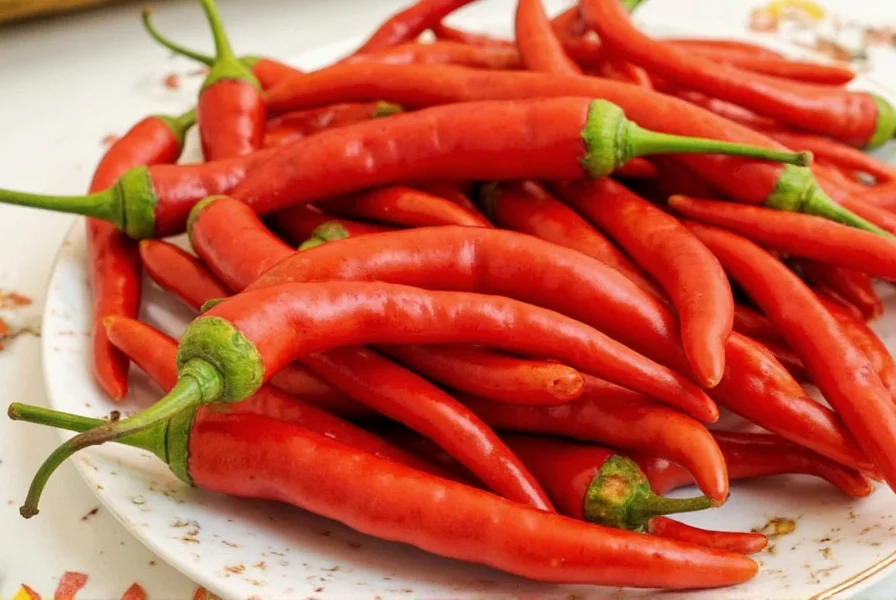
While less intense than ghost peppers or habaneros, red cayenne still provides noticeable heat. For beginners: start with small amounts and gradually increase. You can control heat by removing seeds and membranes (where capsaicin concentrates).
Cooking Tips and Practical Uses
Maximize red cayenne's potential with these expert techniques:
- Homemade Hot Sauce: Blend ground cayenne with vinegar, garlic, and salt for superior flavor versus store-bought versions.
- Enhance Salsas & Dips: Add to guacamole, pico de gallo, or hummus for balanced heat.
- Season Proteins & Veggies: Sprinkle on grilled chicken, roasted vegetables, or popcorn for spicy twists.
- Baking Innovation: Add tiny amounts to chocolate brownies or cookies for unexpected depth (avoid overuse).
- Infused Oils & Vinegars: Steep dried cayenne in olive oil or apple cider vinegar for flavorful dressings and marinades.
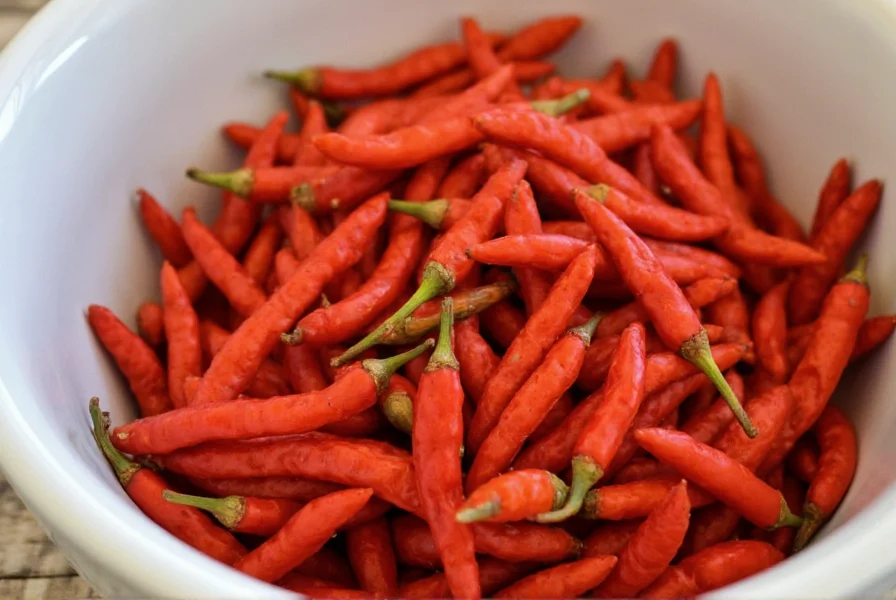
For curries and stir-fries: Add cayenne early in cooking to distribute heat evenly. Always taste as you go—heat builds over time.
Buying Guide for Red Cayenne Chili
Types of Red Cayenne Chili
| Type | Description | Best For |
|---|---|---|
| Dried Whole | Retains maximum flavor complexity | Infusions, grinding fresh, specialty dishes |
| Fresh | Brighter flavor but shorter shelf life | Raw applications, salsas, fresh recipes |
| Powdered | Consistent heat, easy to measure | Seasoning blends, rubs, quick cooking |
For most home cooks: Powdered cayenne offers convenience and consistent results. Dried whole peppers provide superior flavor for specialty dishes when freshly ground.
Where to Buy
Available at supermarkets, specialty spice shops, and online retailers. Prioritize:
- Organic certification
- Non-GMO verification
- Minimal additives
Top brands:
- McCormick Ground Cayenne Pepper – Reliable for everyday cooking
- Trader Joe's Red Cayenne Pepper – Exceptional flavor profile
- Sunshine Spice Co. Organic Cayenne Powder – Ideal for health-conscious users
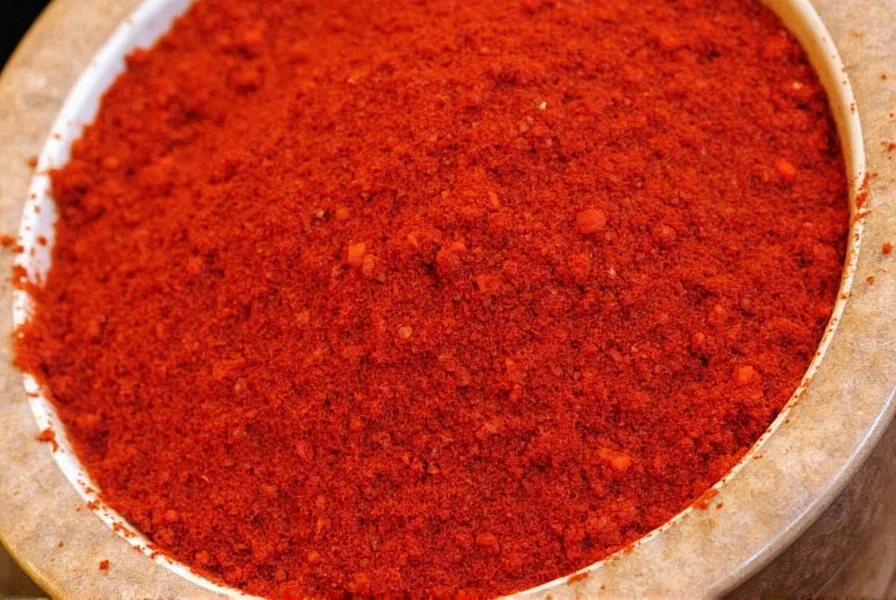
Premium tip: Single-origin cayenne from specific regions (like New Mexico or India) offers distinct flavor nuances worth exploring.
How Much to Buy
Typical usage:
- 4-ounce jar = 1 month of regular cooking
- For frequent hot sauce makers: 8-16 ounce bulk purchase
- Store in airtight containers away from light to preserve potency
Comparison with Other Chilies
| Chili Type | Heat Level (SHU) | Flavor Profile | Best Culinary Applications |
|---|---|---|---|
| Red Cayenne | 30,000–50,000 | Spicy, sweet, slightly smoky | Hot sauces, seasoning blends, salsas |
| Habanero | 100,000–350,000 | Peppery, fruity, floral | Tropical dishes, hot sauces, desserts |
| Jalapeño | 2,500–8,000 | Mild, grassy, slightly sweet | Raw salsas, stuffed peppers, mild dishes |
| Ghost Pepper | 1,000,000+ | Extremely hot, earthy | Extreme challenges, specialized hot sauces |
Why cayenne wins for versatility: It delivers noticeable heat without overpowering dishes. Unlike habaneros (fruit-forward) or jalapeños (milder), cayenne provides balanced heat that complements diverse recipes.
Frequently Asked Questions
How hot is red cayenne compared to other peppers?
Red cayenne (30,000-50,000 SHU) is 4-6x hotter than jalapeños (2,500-8,000 SHU) but 2-10x milder than habaneros. This middle-ground heat makes it ideal for adding noticeable spice without overwhelming dishes when used properly.
What are best substitutes for red cayenne?
For similar heat: Serrano peppers (fresh) or crushed red pepper flakes. For milder heat: Hungarian paprika + pinch of cayenne. For stronger heat: Habanero powder (use sparingly). Avoid substitutes that alter flavor profile significantly (e.g., black pepper lacks the characteristic cayenne sweetness).
How to store red cayenne for maximum freshness?
Fresh: Refrigerate in paper bag (2 weeks). Dried whole: Airtight container in cool, dark place (1 year). Powdered: Store in opaque container (6 months). Freezing extends shelf life for all forms—use airtight freezer bags to prevent moisture absorption.
What health benefits does red cayenne offer?
Rich in capsaicin (linked to metabolism boost, pain relief, and circulation improvement). Also contains high levels of Vitamins A and C. Studies show potential weight management benefits through thermogenesis. Always consume in moderation—excessive amounts may irritate digestive systems.
How to reduce excess heat in dishes?
Immediate solutions: Add dairy (yogurt, sour cream), sweeteners (honey, sugar), or acids (lemon juice, vinegar). For soups/sauces: Dilute with more base ingredients or add starch (cornstarch slurry). Remember: Water worsens heat—dairy is the most effective cooling agent for mouth burn.
Cayenne pepper vs red pepper flakes—what's the difference?
Cayenne pepper is pure, fine powder from cayenne peppers only. Red pepper flakes are coarser mixtures of various dried chilies (often including cayenne but also others). Cayenne delivers consistent heat; red pepper flakes vary in intensity. One teaspoon cayenne ≈ 1.5-2 tsp red pepper flakes in heat intensity.
Conclusion
Red cayenne chili is a flavor powerhouse that transforms ordinary dishes into extraordinary experiences. Its balanced heat and versatile applications make it indispensable in any kitchen. By understanding its heat profile, proper storage, and culinary uses, you'll unlock new dimensions in your cooking.
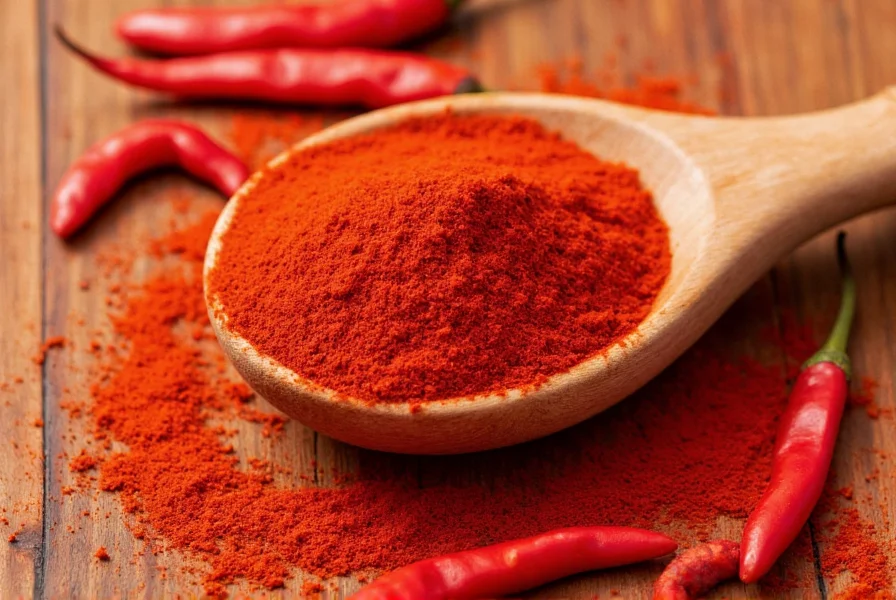
Next time you shop for spices, prioritize quality cayenne. Whether you're making a simple salsa or experimenting with complex recipes, this chili will become your secret weapon for adding depth, heat, and complexity to every dish.

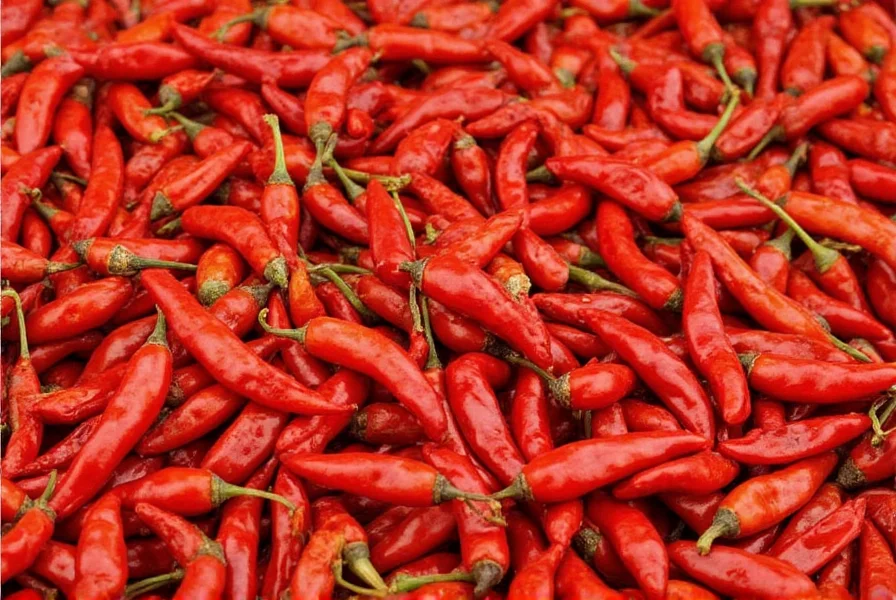









 浙公网安备
33010002000092号
浙公网安备
33010002000092号 浙B2-20120091-4
浙B2-20120091-4